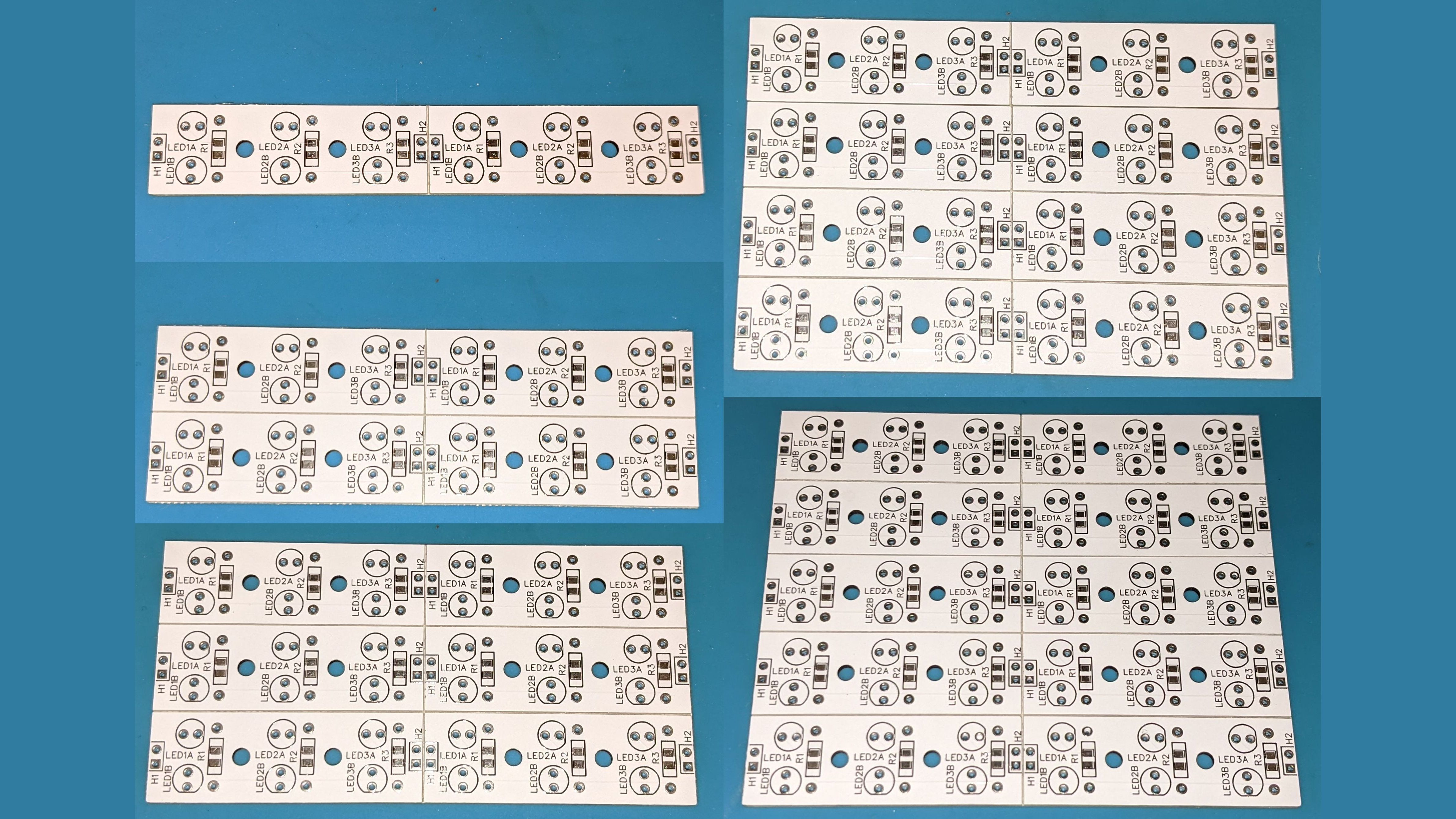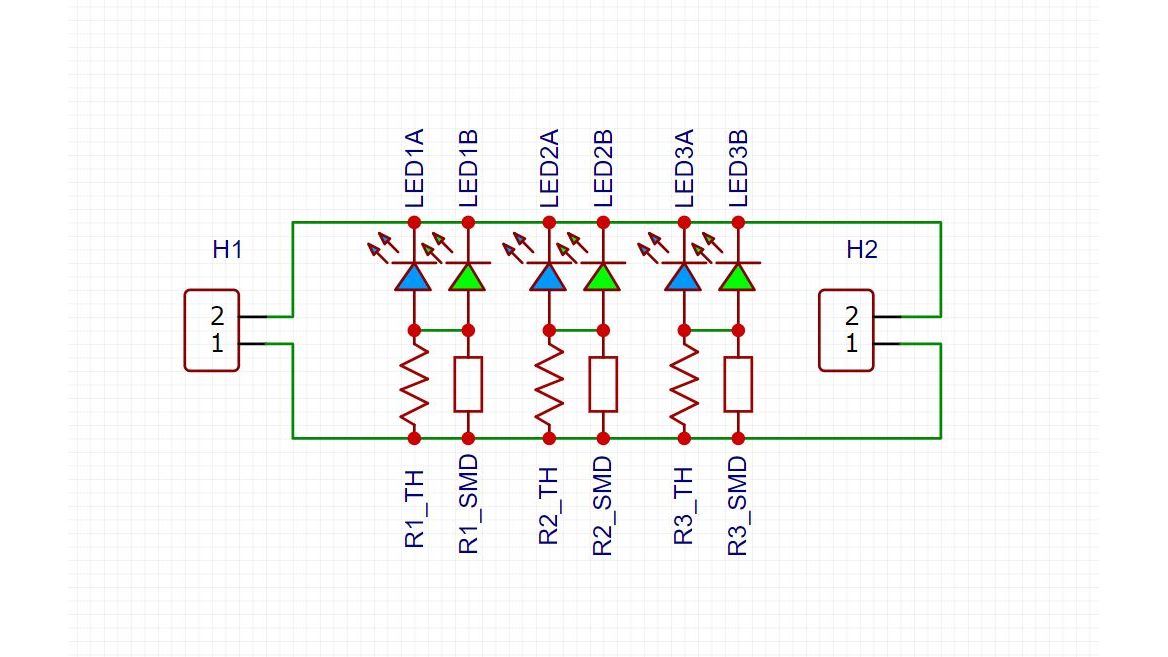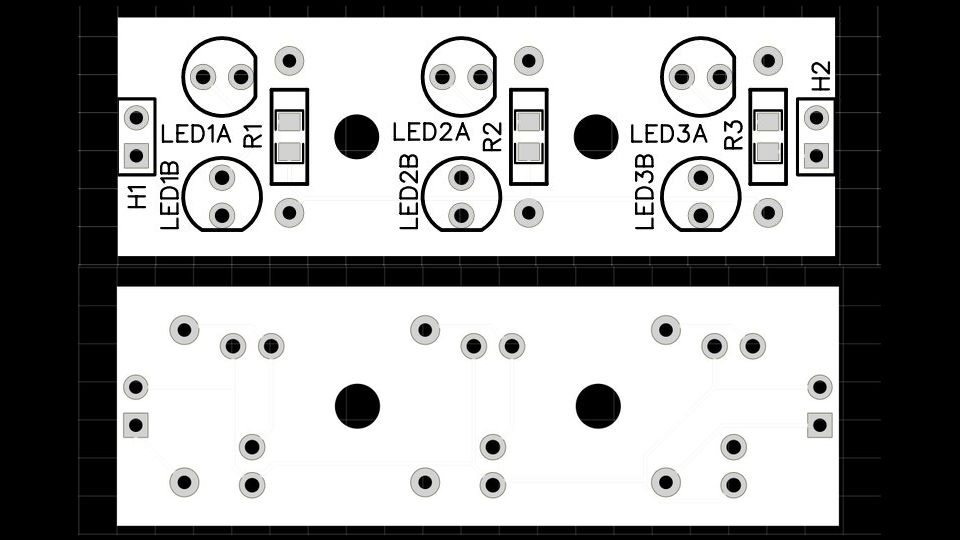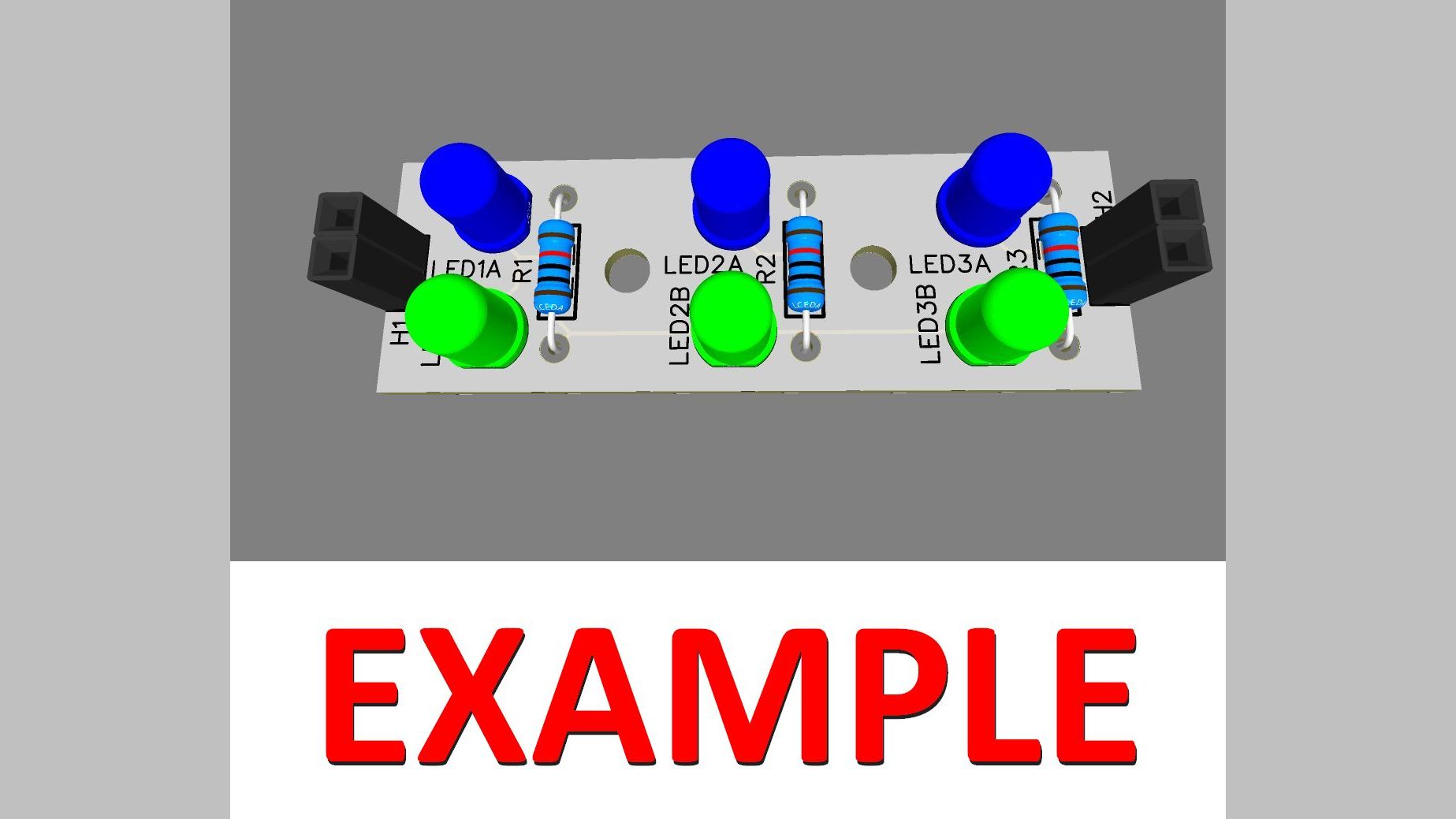
Small Light Stick
When you need a little light for your project ...

When you need a little light for your project ...





For those unfamiliar with how to calculate the value of the resistors, there are plenty of tutorials on the internet, but here's my version.
Now we should have two voltages (Supply voltage from #2 and LED voltage from #1) and current from #3.